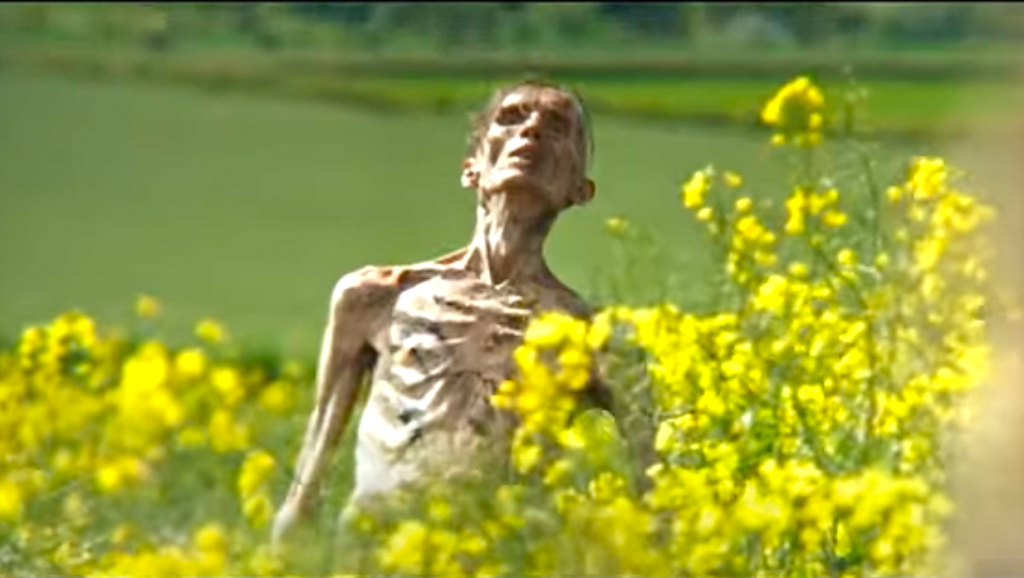
28 Days Later 28 Weeks Later and 28 Years Later
As divisive reactions to 28 Years Later continue to take shape, the movie has sparked new conversations about how we should view 28 Weeks Later, the other sequel to 28 Days Later.
The Curious Position of 28 Weeks Later
Released in 2007, 28 Weeks Later came out at a more typical sequel pace but hasn’t held on to its predecessor’s legacy. In 28 Years Later, a title card explains that while the rage virus spread across Europe — as shown in the bleak final shot of 28 Weeks Later — it was ultimately beaten back to England, undoing but not erasing that film’s ending. As Years opens, the rest of the world remains safe, while the UK is under strict quarantine.
Beyond continuity questions, 28 Weeks Later feels like an odd fit with its sibling films. It appended a resolution to the original before undoing it within its own story. The result is a movie that feels like a false start, especially when its ending is walked back by 28 Years Later. Despite being well-made by director Juan Carlos Fresnadillo, 28 Weeks Later lacked the involvement of original creators Danny Boyle and Alex Garland, who served as executive producers but left Fresnadillo to his own vision.
Why Sunshine Is the True Middle Chapter
While 28 Weeks Later struggles to fit, Boyle and Garland’s Sunshine (2007) serves as a thematic bridge between 28 Days Later and 28 Years Later. Just as 28 Days Later approaches a zombie apocalypse from an unusual angle, Sunshine takes the asteroid disaster trope and twists it: instead of an asteroid threatening Earth, it’s the dying sun. A team of astronauts, including physicist Robert Capa (Cillian Murphy), is tasked with reigniting the sun with a nuclear payload — an existential mission reminiscent of 28 Days Later’s struggle for survival.
Parallels in Tone and Theme
The mood in Sunshine picks up where 28 Days Later leaves off: a small group faces bleak circumstances, balanced with a fragile hope for survival. The crew of the Icarus II shares this fragile hope, knowing the fate of humanity rests on their mission.
Boyle and Garland create a quarantine-like environment by not cutting back to Earth, similar to the confined groups in their other works. The Icarus II crew represents humanity as a whole, unified in their mission, echoing the microcosm of survivors in 28 Days Later and the isolated community in 28 Years Later.
Visual and Stylistic Connections
All three films employ distinct visual styles to serve similar narrative aims. 28 Days Later used early digital video to make London appear hyper-real and nightmarish. Sunshine combined 65mm film and digital effects to emphasize the overwhelming power of the sun. 28 Years Later used customized iPhone rigs to create otherworldly clarity.
Boyle’s visual choices often push the boundaries of reality, creating a hyperreality that distorts and heightens tension. In Sunshine, characters are framed through screens and reflections, reinforcing their isolation before being stripped away to confront the sun’s raw power directly.
The Controversial Turn in Sunshine
Sunshine’s final act, where the mission devolves into a slasher scenario involving Pinbacker (Mark Strong), has been divisive. Pinbacker, driven mad by sun exposure, mirrors the apocalyptic fanaticism seen in 28 Days Later and 28 Years Later. His disfigured appearance recalls the zombies and infected characters, while his actions embody a twisted interpretation of salvation.
From Cosmic Horror to Human Reflection
Pinbacker’s transformation parallels characters like Dr. Kelson (Ralph Fiennes) in 28 Years Later. Kelson, covered in iodine to avoid infection, memorializes humanity’s dead rather than hastening their demise. This reflective approach adds a new layer to Boyle and Garland’s storytelling.
28 Years Later closes with a moment of rare serenity, echoing Robert’s quiet acceptance near the sun in Sunshine. Spike, the young hero of 28 Years Later, embodies this choice to keep moving forward despite overwhelming loss.
Why 28 Weeks Later Feels Like a Separate World
28 Weeks Later stands apart, grounded in 2000s-era themes of American interventionism and a lack of global empathy. While it explores its own compelling ideas, it doesn’t carry the same thematic and visual continuity as Boyle and Garland’s works.
Ultimately, Sunshine — not 28 Weeks Later — acts as the true connective tissue between 28 Days Later and 28 Years Later, bridging the journey from desperate survival to existential reflection and, finally, to communal resilience. By looking to the stars rather than just the undead, Boyle and Garland crafted a narrative arc that transcends typical genre boundaries and offers a richer, more cohesive exploration of humanity’s struggle against annihilation.
Update: Ya





